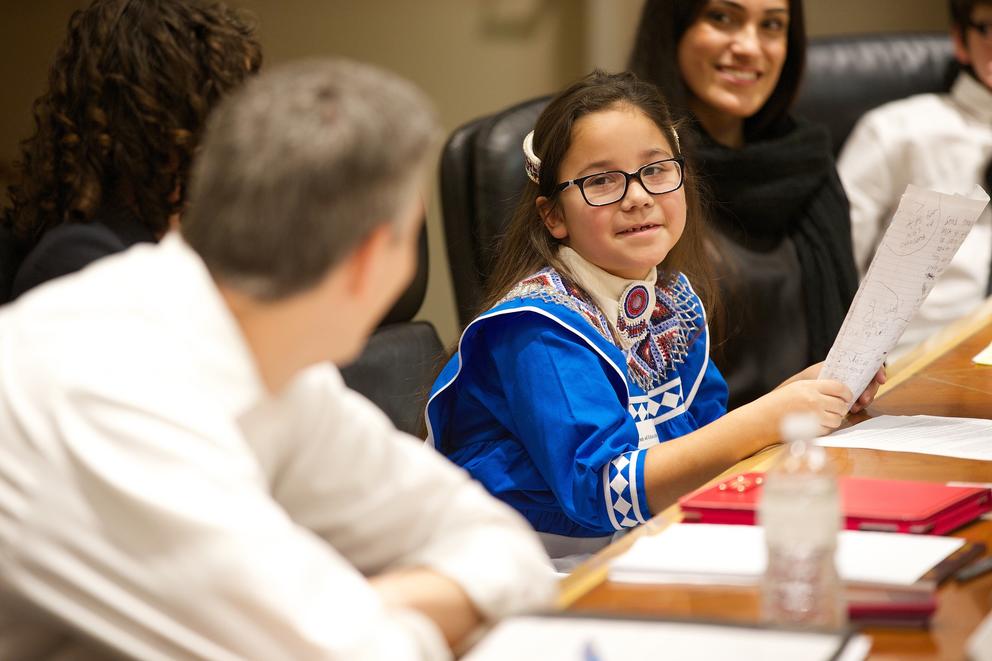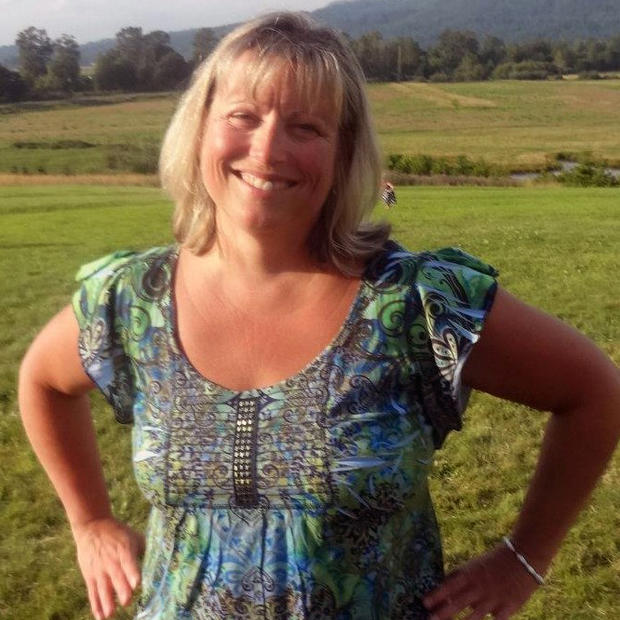Now is the time to listen to our students. Student voice is and has always been a powerful tool in leading educational change and leadership. Look what the power of these student’s voices accomplished recently at Pittsburg High School in Kansas — student journalists questioned their new principal’s credentials, which led to her resignation.
Every school district needs an avenue to listen to the student voice. At Riverview School District, a medium-sized district comprised of Duvall and Carnation that sits at the base of the Cascade Mountains, student voice is top of mind. Our vision statement — I'm a school board member — reflects this: Educate Children.
Riverview has two student representatives: a senior and a junior who attend all school board meetings as well as the Washington State School Directors Association’s (WSSDA) annual conference and legislative conference. Our students speak on behalf of their constituents – the 3,100 students they represent in the Riverview School District. Our student representatives meet with legislators, the governor and other boards of directors. They give presentations at conferences and provide leadership to student representatives throughout the state. In addition to these voices, the district hosts a series of opportunities to reach and hear our students, such as student round tables, monthly presentations at board meetings, and support for leadership opportunities in our clubs and activities.
At recent student roundtables, we heard from students of all backgrounds regarding our district practices and policies. Students were selected by our counselors to participate in these roundtables, as we wanted a diverse background of students. We learned that students with English as a second language needed more support at the senior high level.
One student shared a story about a student who recently moved to the district and spoke very little English. He felt it would have been helpful for this student to have additional support from an interpreter. We learned that students come to school hungry and they are embarrassed to let adults know even though the school provides breakfast. We learned that our curriculum is not meeting the needs of all students. Some curriculum requires access to the internet, which some students do not have at home.
We learned all this simply by providing an invitation to the students to speak open and honestly with us in a safe environment. For many of the board members, this was eye-opening as we were not aware of some of these issues in our district. We appreciated that the students were open and honest with us as this allowed us to look at how our policies and procedures affect these students.
We also heard some reassuring news during the roundtables and was happy to learn that our teachers treat our GBLTQ population with respect. I imagine that many board members think they know all of the challenges that students face; however, they might be surprised at what the challenges really are when they ask students directly.
We also learned about how students view equality and ethnicity — they see everyone as equal, yet we learned that some of our curriculum practices do not allow opportunities to every student. For example, our students are required to volunteer for specific curriculum programs. We heard from two students about the challenges they face with this requirement: They have no method of transportation and they are unable to meet all the nonprofits’ volunteer stipulations, which are stricter than in the past.
For a recent school board meeting, the members found themselves in a 5th grade classroom sitting on exercise balls, stools, wobbly chairs and cushions. We also played with fidget toys, adhering to the strict rules of the teacher stating that if she sees the item, then she collects the item. Rule No. 1 is to use one hand on the fidget toy and keep it below the desk. A group of students from the class shared with us how they use these tools to learn. They explained the neuroscience behind the concept (research shows it helps students think) and that sitting on the exercise ball was the preferred seating arrangement for students based on a scientific study they conducted with their school mates. This all happened because the teacher listened to the students’ needs.
We need to listen to what our students have to say about living life in this century. Students today are more diverse than when I grew up, technology is different, and our school systems need to be different to meet their needs. By listening to our students, we become the learners who need to change policies, procedures, legislation to meet the needs of these diverse students. What can community members, politicians and school leaders learn from a student today? Now is the time to listen to every student.


